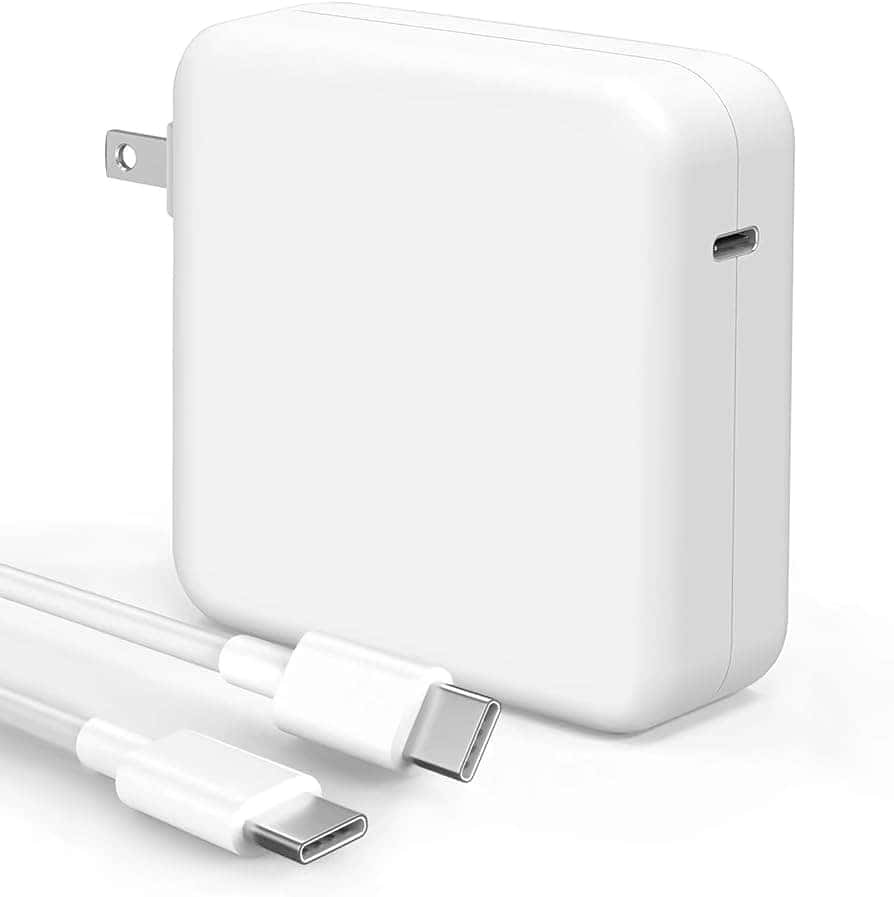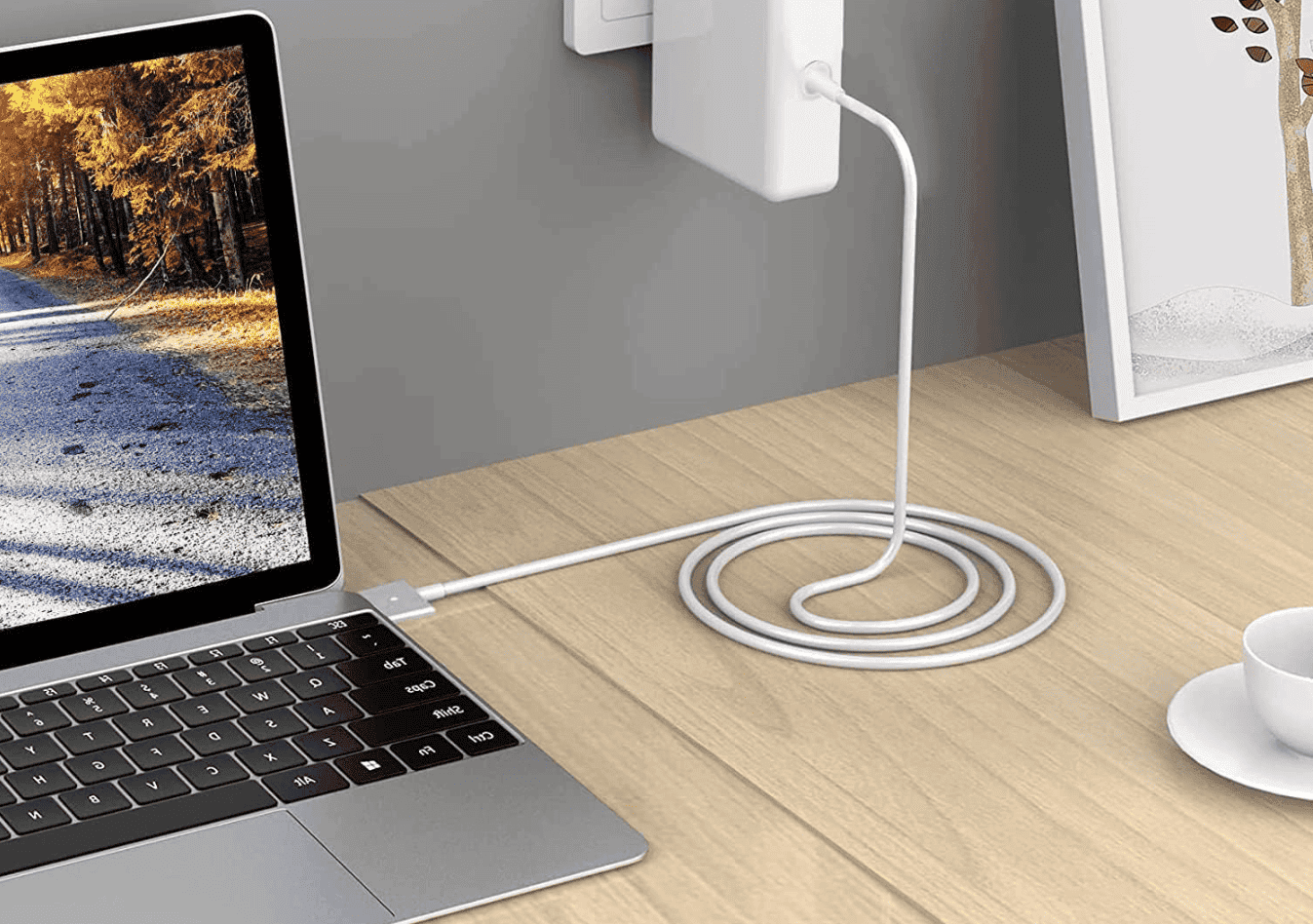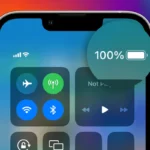It’s generally safe to keep your MacBook Pro plugged in all the time, as it is not necessarily harmful to the battery. This conclusion is based on years of testing and experience from technical experts, reports from Apple and other industry manufacturers, and studies done by independent third-party evaluators. However, it’s still important to be aware of the pros and cons. Understanding and following best practices for battery care can further enhance your device’s battery life and performance. It’s important to remember that technology is ever-evolving, and so are the ways we interact with our devices. Keeping informed and adapting to these changes is key to getting the most out of your MacBook Pro.
MacBook Battery Care: Plugged In or Not?
The Short Answer
No, it’s not inherently bad to keep your MacBook plugged in all the time. Modern MacBooks have smart charging technology that prevents overcharging.
How MacBook Batteries Work
MacBook batteries are lithium-ion, designed to handle frequent charging cycles. Apple has incorporated battery health management features to optimize charging and preserve battery longevity.
The Impact of Continuous Charging
While keeping your MacBook plugged in won’t damage the battery, it might affect its long-term capacity. Continuously charging to 100% can slightly accelerate the natural aging process of the battery.
Tips for Optimal Battery Health
- Use Optimized Battery Charging: This feature learns your charging habits and delays charging to 100% until you need it, reducing wear on the battery.
- Unplug Occasionally: If you primarily use your MacBook at a desk, try unplugging it periodically to allow for discharge cycles. This can help maintain battery health.
- Avoid Extreme Temperatures: High temperatures can degrade battery performance. Keep your MacBook in a cool, well-ventilated environment.

The Verdict
The decision to keep your MacBook plugged in or not depends on your usage habits and preferences. If you use it primarily at a desk, leaving it plugged in is perfectly fine. However, if you’re often on the go, unplugging it occasionally and utilizing optimized battery charging can help maximize its lifespan.
Plugging In: Impacts & Recommendations
| Aspect | Potential Impact | Recommendation |
|---|---|---|
| Battery Health | Minimal impact on modern MacBooks with optimized charging. | No need to unplug frequently, but letting the battery discharge occasionally (<40%) can help maintain its lifespan. |
| Convenience | Always ready to use without needing to charge. | Convenient for stationary use, especially when connected to a docking station. |
| Performance | May cause slightly higher operating temperatures when plugged in. | Generally not noticeable in most tasks. |
| Wear and Tear | Reduces the number of charge cycles the battery goes through, potentially extending its lifespan. | Less wear and tear than constantly charging and discharging. |
| Environmental Impact | May increase electricity consumption slightly. | Consider using energy-saving settings on your MacBook and charger. |
Additional Notes:
- Modern MacBooks have built-in battery management features that help to prevent damage from overcharging.
- Leaving your MacBook plugged in all the time is not ideal if you plan to travel or use it unplugged frequently.
- If you are concerned about maximizing the lifespan of your battery, you can enable optimized charging in System Preferences.
- Consider your individual usage habits and prioritize convenience or battery longevity based on your needs.
Disclaimer: This table is intended for informational purposes only and may not apply to all situations. Always consult your MacBook’s user manual or manufacturer’s website for specific instructions and recommendations.
Understanding MacBook Pro’s Battery Management
Real-World User Experiences
Modern MacBooks, including the MacBook Pro, are equipped with sophisticated battery management systems. These systems are designed to optimize battery health and longevity. When a MacBook Pro is plugged in, and the battery reaches full charge, the laptop switches to AC power. This means that the battery is bypassed, and the device runs directly off the power from the adapter. This mechanism is crucial in preventing overcharging, which can be detrimental to lithium-ion batteries.
In the Reddit discussion, various users shared their personal experiences with keeping their MacBook Pros plugged in. One user mentioned having a 2-year-old M1 MacBook Pro, mostly kept plugged in, with the battery health still at 100%. Another user, however, noted a decline to 80% battery health under similar usage conditions. These anecdotes highlight an important aspect of battery health: individual experiences can vary significantly, even with the same model and usage patterns.
The Myth and Reality of Battery Usage
There’s a prevalent myth that constantly charging your MacBook Pro will lead to rapid battery degradation. This belief stems from older battery technologies where such practices could indeed shorten battery life. However, with modern lithium-ion batteries and advanced power management systems in MacBooks, this is no longer a significant concern. The MacBook Pro is designed to handle continuous charging without incurring substantial harm to the battery.
Best Practices for MacBook Pro Battery Health
While it’s generally safe to keep your MacBook Pro plugged in, there are a few best practices to ensure optimal battery health:
- Periodic Discharging: It’s beneficial to let the battery discharge occasionally. This doesn’t mean you need to frequently drain the battery completely, but allowing it to go down to around 20-40% occasionally can help maintain battery health.
- Avoid Extreme Temperatures: Both extreme cold and heat can adversely affect battery health. Try to use and store your MacBook Pro in environments with moderate temperatures.
- Regular Usage: Batteries are designed to be used. If you’re not going to use your MacBook Pro for an extended period, it’s advisable to store it with the battery charged to about 50%.

The Role of Apple’s Engineering
Apple’s engineering prowess plays a significant role in the robustness of MacBook Pro batteries. The company’s focus on efficient power management ensures that the battery is used optimally, reducing the chances of premature degradation. Apple engineers have consistently worked on improving battery technology, making it more resilient to constant charging.
FAQs
Does keeping my MacBook Pro plugged in all the time reduce its battery life?
No, thanks to Apple’s advanced battery management system, keeping your MacBook Pro plugged in does not significantly reduce its battery life.
Should I let my MacBook Pro’s battery discharge completely sometimes?
It’s not necessary to discharge it completely, but occasional discharging to around 20-40% can be beneficial.
Can extreme temperatures affect my MacBook Pro’s battery health?
Yes, extreme temperatures, both hot and cold, can negatively impact the battery’s health.
Is it harmful to use my MacBook Pro while it’s charging?
No, it’s perfectly safe to use your MacBook Pro while it’s charging.
How often should I calibrate my MacBook Pro’s battery?
Modern MacBook Pros do not require regular battery calibration.
What is the average lifespan of a MacBook Pro battery?
The average lifespan is about 1000 charge cycles, which typically translates to several years of usage.
Can I replace the battery in my MacBook Pro?
Yes, MacBook Pro batteries can be replaced, though it’s recommended to get it done by a professional or at an Apple Store.
Does using non-Apple chargers affect my MacBook’s battery health?
Using non-Apple chargers that are not MFi-certified can potentially harm your MacBook’s battery.
How do I check my MacBook Pro’s battery health?
You can check the battery health by clicking on the battery icon in the menu bar and selecting ‘Battery Preferences.’
Is it okay to leave my MacBook Pro in sleep mode for extended periods?
Yes, it’s fine to leave your MacBook Pro in sleep mode, but it’s advisable to shut it down if you’re not going to use it for an extended period.







